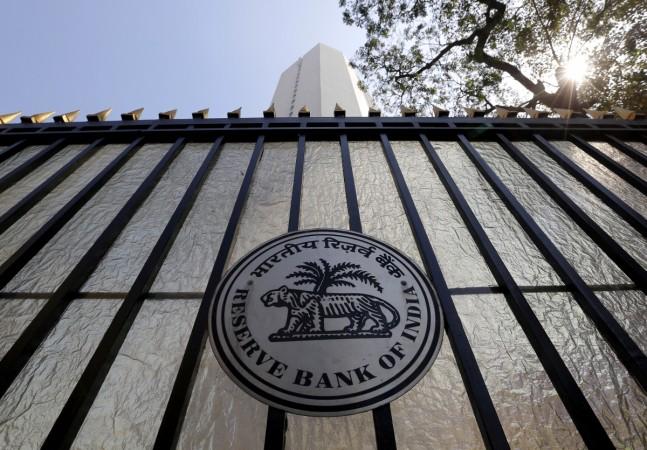
There is a growing clamour in the market for the Reserve Bank of India (RBI) to flip its monetary policy stance from neutral to dovish. Weakness in growth indicators, gross domestic product (GDP) and index of industrial production (IIP) and sharp downswing in inflation statistics are being cited as factors that can trigger a change of heart at the RBI's Monetary Policy Committee (MPC).
We believe there is strong evidence that the economy has slowed over the past couple of quarters, but a careful analysis reveals that there is not yet a case for RBI to switch sides.
First, let us consider growth parameters. Economic growth had started to lose momentum even before demonetisation occurred. Demonetisation added to the sting. However, the impact was expected to be transitory. With improvement in some of the high frequency indicators, tractor sales, rail freight, domestic passenger vehicle sales, core imports, retail credit growth and industrial credit growth, there is strong evidence that the economy may have already turned a corner.
We expect a normal monsoon, which would aid in the economic recovery. Rural India can benefit from a normal monsoon. As a result, there is not much ground for RBI to flip back to a dovish stance on its monetary policy outlook right away.
On the inflation front, effective monetary policy management and smart fiscal policies, along with low global commodities have brought about a structural decline in inflationary trend in the economy. However, a sharp drop in CPI over the month of April can be attributed to high base in CPI last year. Last year, between April-August, CPI hovered between 5 percent and 6 percent.

Therefore, once the high base passes, between now and the third quarter of FY18, we can see CPI inch up towards 4 percent, which is the comfort zone for RBI. However, there are upside risks to CPI, sharp jump in taxes on the services sector post GST and impact of 7th CPC. All in all, we expect RBI not to react to the existing low trend of inflation.
Apart from growth and inflation, RBI needs to consider the impact of monetary policy on the Rupee. Indian rupee has greatly benefited from a pre-emptive change of stance in the policy from dovish to neutral. A strong rupee, though a pain for the external sector, is good news for the domestic consumers. A strong currency increases disposable income that leads to higher consumption. At the same time, India needs to attract significant amount of foreign capital to fund its risky capital projects.
Foreigners will consider India for investment when they have a favourable outlook on the currency. Therefore, India needs to pursue policies that lower the risks emanating from politics and economics as well as keep inflationary pressures at bay. A conservative monetary policy, coupled with fiscal discipline, will ensure a strong currency.
[The author is AVP- Currency Derivatives at Kotak Securities Limited. Views expressed are personal.]









